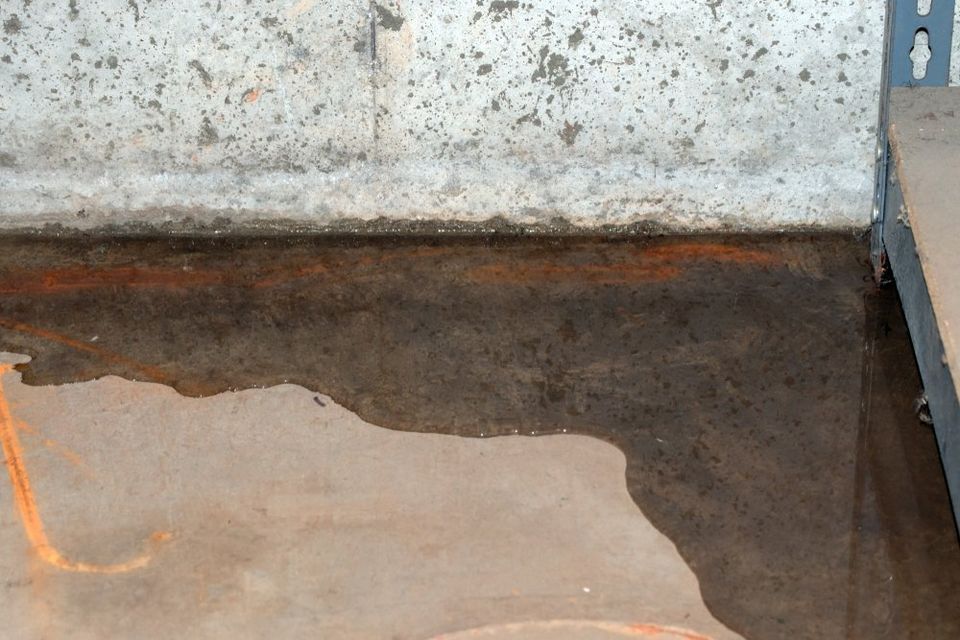On this page down the page you can discover lots of outstanding facts around Reducing Your Risk Of Water And Fire Damage At Home.

Water provides life, water breach on components where it's not meant to be can result in damage. It can peel off away surfaces and deteriorate the foundation if the water saturates right into your framework. Mold and also mildew also thrive in a moist environment, which can be unsafe for your health. Homes with water damages scent old and also mildewy.
Water can come from numerous resources such as tropical cyclones, floods, burst pipes, leakages, as well as drain problems. In case you experience water damage, it would be good to know some safety precautions. Right here are a few guidelines on exactly how to handle water damage.
Do Prioritize Home Insurance Policy Coverage
Water damage from flooding because of hefty winds is seasonal. You can likewise experience an unexpected flood when a damaged pipe unexpectedly ruptures right into your house. It would certainly be best to have house insurance policy that covers both acts of God such as natural calamities, and also emergency situations like busted plumbing.
Do Not Neglect to Turn Off Energies
In the event of a calamity, particularly if you live in a flood-prone location, it would certainly be suggested to switch off the primary electrical circuit. This cuts off power to your whole residence, avoiding electric shocks when water can be found in as it is a conductor. Do not fail to remember to transform off the major water line valve. Furniture will relocate around and also trigger damage when floodwaters are high. Having the main valve shut down avoids more damage.
Do Keep Proactive and Heed Weather Condition Signals
Storm floodings can be very uncertain. Remain aggressive as well as prepared if there is a background of flooding in your community. Listen to emptying warnings if you live near a creek, river, or lake. Get valuables from the ground floor and cellar, after that put them on the highest possible level. Doing so reduces potential building damages.
Don't Ignore the Roof
You can prevent rain damages if there are no holes and leaks in your roofing system. This will prevent water from flowing down your walls as well as saturating your ceiling.
Do Take Notice Of Small Leaks
A burst pipeline does not occur overnight. You might see gurgling paint, peeling wallpaper, water streaks, water stains, or leaking noises behind the walls. Have your plumbing fixed before it results in large damage.
Don't Panic in Case of a Burst Pipe
Maintaining your clearheadedness is important in a time of crisis. Stressing will only worsen the problem due to the fact that it will certainly suppress you from acting fast. When it pertains to water damage, timing is vital. The longer you wait, the more damage you can expect. Thus, if a pipeline bursts in your house, promptly shut down your main water shutoff to remove the resource. After that unplug all electric outlets in the area or switch off the circuit breaker for that part of your house. Call a reliable water damage restoration expert for support.
Water gives life, water intrusion on parts where it's not meant to be can result in damages. Homes with water damage scent old and also mildewy.
Water damage from flooding fees to heavy winds is seasonal. You might observe gurgling paint, peeling wallpaper, water streaks, water discolorations, or leaking audios behind the walls. When it comes to water damages, timing is vital.
Some Do's & Don't When Dealing with a Water Damage
DO:
Make sure the water source has been eliminated. Contact a plumber if needed. Turn off circuit breakers supplying electricity to wet areas and unplug any electronics that are on wet carpet or surfaces Remove small furniture items Remove as much excess water as possible by mopping or blotting; Use WHITE towels to blot wet carpeting Wipe water from wooden furniture after removing anything on it Remove and prop up wet upholstery cushions for even drying (check for any bleeding) Pin up curtains or furniture skirts if needed Place aluminum foil, saucers or wood blocks between furniture legs and wet carpet Turn on air conditioning for maximum drying in winter and open windows in the summer Open any drawers and cabinets affected for complete drying but do not force them open Remove any valuable art objects or paintings to a safe, dry place Open any suitcases or luggage that may have been affected to dry, preferably in sunlight Hang any fur or leather goods to dry at room temperature Punch small holes in sagging ceilings to relieve trapped water (don't forget to place pans beneath!); however, if the ceiling is sagging extremely low, stay out of the room and we'll take care of it DO NOT:
Leave wet fabrics in place; dry them as soon as possible Leave books, magazines or any other colored items on wet carpets or floor Use your household vacuum to remove water Use TV's or other electronics/appliances while standing on wet carpets or floors; especially not on wet concrete floors Turn on ceiling fixtures if the ceiling is wet Turn your heat up, unless instructed otherwise

I recently found that entry on Ways to Reduce The Risk Of Fire And Water Damage when doing a search on the internet. Remember to take a moment to promote this blog entry if you appreciated it. Thank you for your time. Visit us again soon.